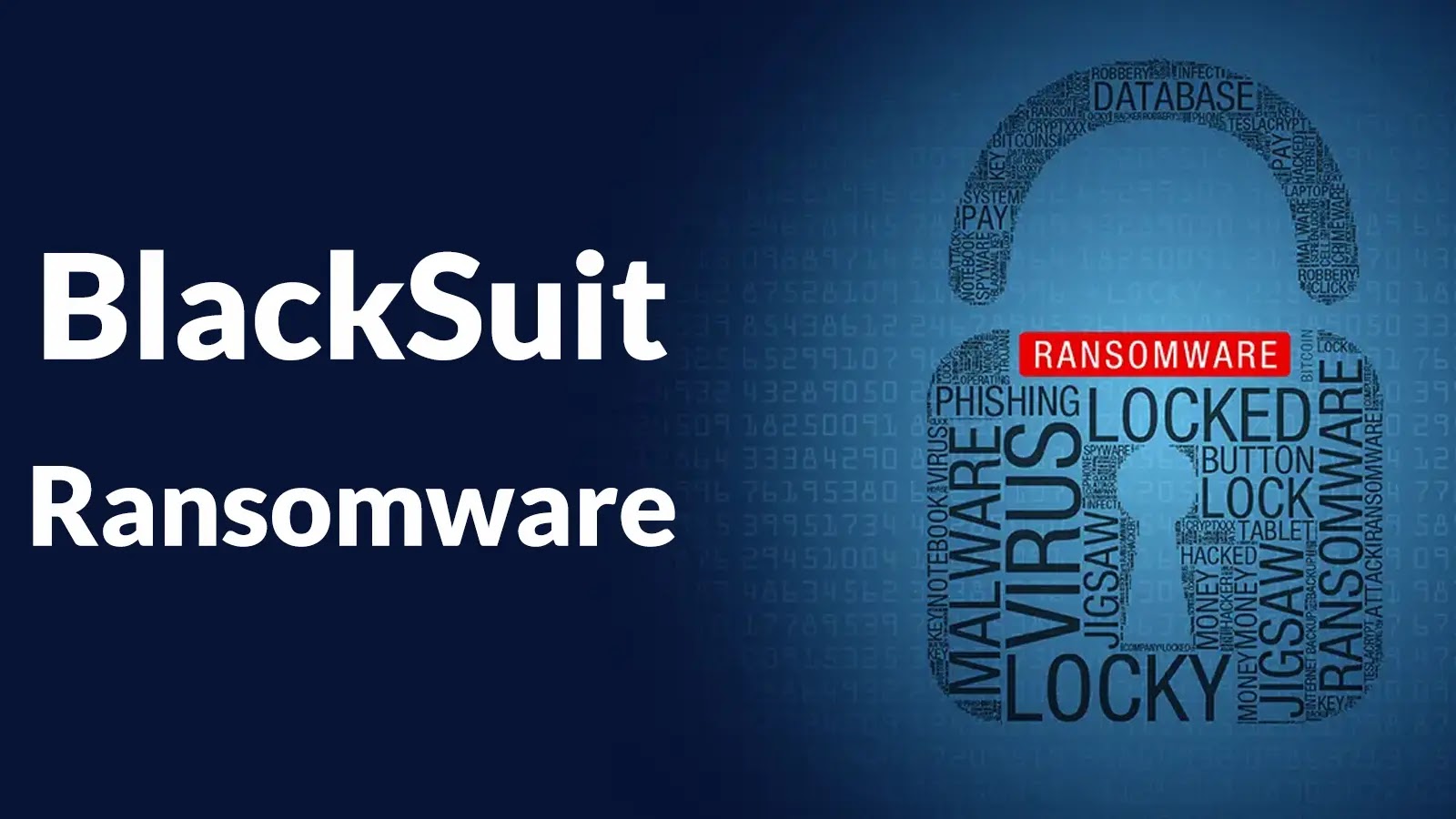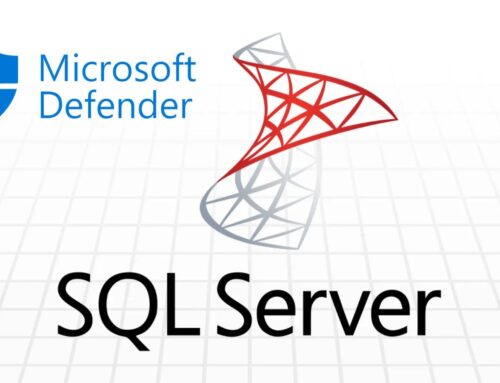
BlackSuit Ransomware Servers Attacking U.S. Critical Infrastructure Seized by Law Enforcement Seizes
In a significant win against organized cybercrime, international law enforcement agencies have dealt a substantial blow to the BlackSuit ransomware group, also known by its previous moniker, Royal. This coordinated operation successfully dismantled key infrastructure supporting their malicious activities, particularly those targeting critical U.S. infrastructure. Understanding the implications of this takedown is crucial for cybersecurity professionals and organizations alike.
The Operation: A Coordinated Global Effort
The successful disruption of BlackSuit’s operations on July 24, 2025, represents a testament to international collaboration in combating sophisticated cyberthreats. This meticulously planned takedown involved multiple law enforcement bodies working in concert to identify, seize, and disable the digital assets vital to the ransomware group’s functionality. The dismantling of such infrastructure underscores a proactive approach to cybersecurity, moving beyond reactive incident response to preemptive disruption of cybercriminal enterprises.
BlackSuit Ransomware: Anatomy of a Threat
BlackSuit, often linked to the notorious Royal ransomware group, has been a persistent and dangerous actor in the cyber threat landscape. Their modus operandi typically involves:
- Double Extortion: Encrypting victims’ data and exfiltrating sensitive information, then threatening to publish it if a ransom is not paid.
- Targeting Critical Infrastructure: A significant concern given their focus on sectors vital to national security and public services.
- Sophisticated Tactics: Employing advanced techniques for initial access, lateral movement, and data exfiltration.
The seizure of the infrastructure is a crucial step in hindering their ability to conduct these operations effectively.
Key Seizures and Financial Impact
The immediate impact of the operation was significant:
- Server Seizures: Four critical servers integral to BlackSuit’s operations were seized. These servers likely hosted command-and-control (C2) infrastructure, data exfiltration points, or ransomware deployment mechanisms.
- Domain Nullification: Nine domains associated with the group were taken down, cutting off essential communication channels and access points for the ransomware.
- Cryptocurrency Seizure: Approximately $1.09 million in laundered cryptocurrency was seized. This direct hit to their financial illicit gains removes resources for future operations and sends a strong message regarding the traceability of ransomware payments.
These actions severely impede BlackSuit’s capacity to launch new attacks, manage existing compromises, and profit from their illicit activities.
The Significance for U.S. Critical Infrastructure
BlackSuit’s focus on U.S. critical infrastructure posed a direct threat to national security and economic stability. Attacks on such targets can lead to widespread service disruption, economic damage, and even risks to public safety. The successful seizure of assets attacking these vital sectors provides a layer of protection and demonstrates the commitment of law enforcement to defend foundational systems against cyber aggression. While specific vulnerabilities exploited by BlackSuit were not detailed in the source, threat actors like BlackSuit often leverage common vulnerabilities such as:
- Unpatched software (e.g., CVEs related to remote code execution in common enterprise applications)
- Misconfigured RDP or VPN services
- Phishing and social engineering attacks leading to credential compromise
Remediation Actions and Proactive Defense
While law enforcement efforts are vital, organizations must continue to bolster their defenses. No single takedown eliminates the overall threat of ransomware. Proactive measures are paramount:
- Patch Management: Implement a rigorous patch management program. Regularly update all operating systems, applications, and network devices. Prioritize patches for known vulnerabilities, especially those with public exploits (e.g., monitor CVE-2023-38831 for WinRAR vulnerabilities or similar widespread threats).
- Strong Authentication: Enforce multi-factor authentication (MFA) across all services, especially for remote access, privileged accounts, and cloud services.
- Network Segmentation: Segment networks to limit lateral movement in case of a breach. Isolate critical systems from less secure parts of the network.
- Regular Backups: Implement a robust, tested, and isolated backup strategy. Ensure backups are stored offsite or offline, immutable, and regularly verified for integrity.
- Endpoint Detection and Response (EDR)/Extended Detection and Response (XDR): Deploy EDR/XDR solutions to detect and respond to suspicious activity on endpoints in real-time.
- Security Awareness Training: Continuously train employees on phishing recognition, social engineering tactics, and safe computing practices.
- Incident Response Plan: Develop and regularly test an incident response plan to ensure a rapid and effective response to a ransomware attack.
Tools for Detection and Mitigation
Organizations can leverage a variety of tools to enhance their ransomware detection and mitigation capabilities:
| Tool Name | Purpose | Link |
|---|---|---|
| Elastic Security | SIEM, Endpoint Security, Cloud Security, Threat Hunting | https://www.elastic.co/security/ |
| CrowdStrike Falcon Insight XDR | Endpoint Detection & Response (EDR), Extended Detection & Response (XDR) | https://www.crowdstrike.com/products/endpoint-security/falcon-insight-xdr/ |
| Veeam Backup & Replication | Data Backup & Recovery, Ransomware Resilience | https://www.veeam.com/data-backup-recovery-software.html |
| Nessus (Tenable) | Vulnerability Scanning & Management | https://www.tenable.com/products/nessus |
| KnowBe4 Security Awareness Training | Security Awareness Training & Simulated Phishing | https://www.knowbe4.com/ |
Looking Ahead: The Evolving Fight Against Ransomware
While the takedown of BlackSuit’s infrastructure is a significant victory, it is not the end of the fight. Cybercriminal groups are resilient and adaptive. They will undoubtedly attempt to regroup or new threat actors will emerge to fill the void. This operation serves as a powerful reminder of the global effort required to combat cybercrime and the critical need for organizations to maintain robust and evolving cybersecurity postures. Continued international cooperation, coupled with aggressive defensive strategies by organizations, remains the most effective deterrent against these persistent threats.





